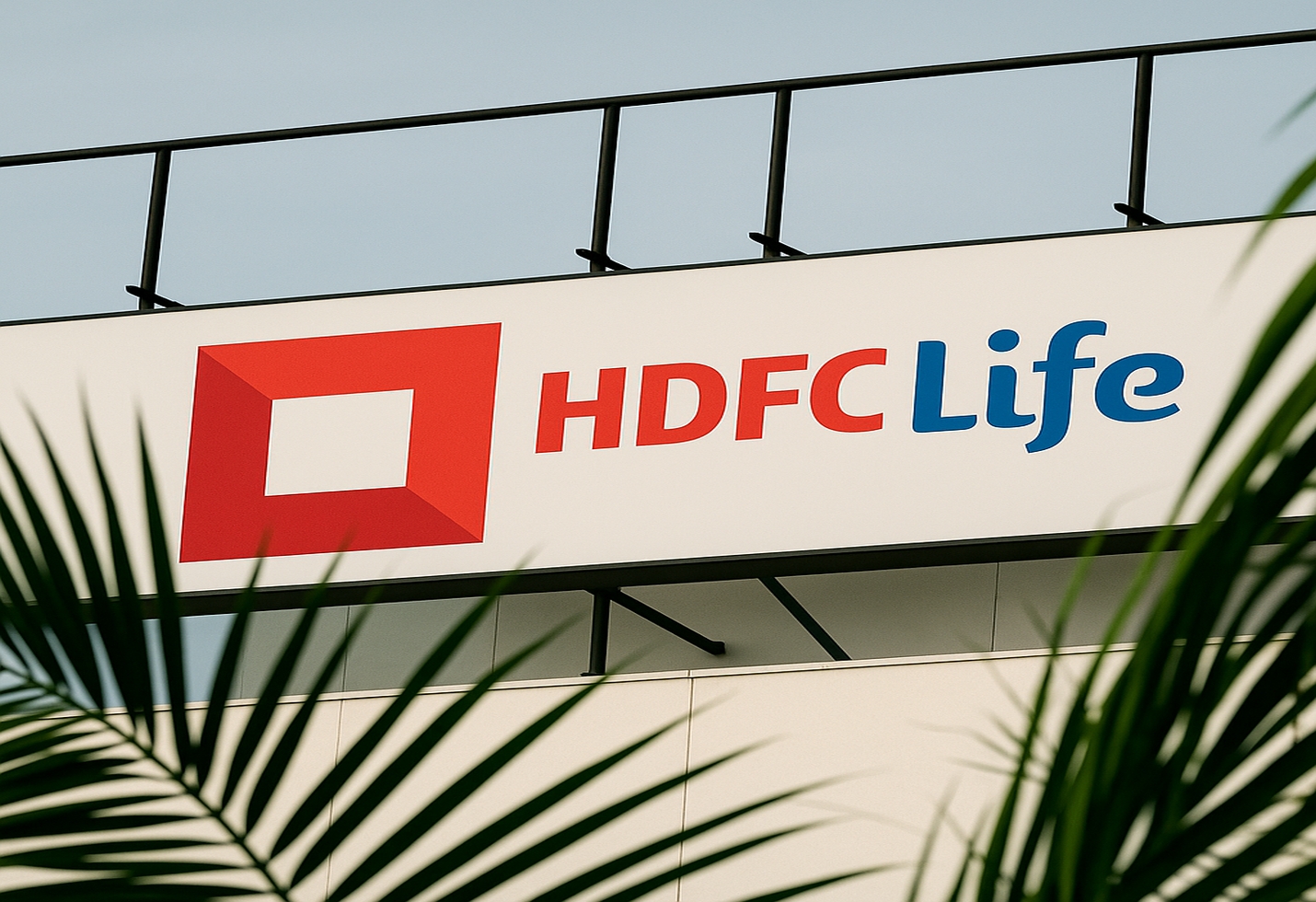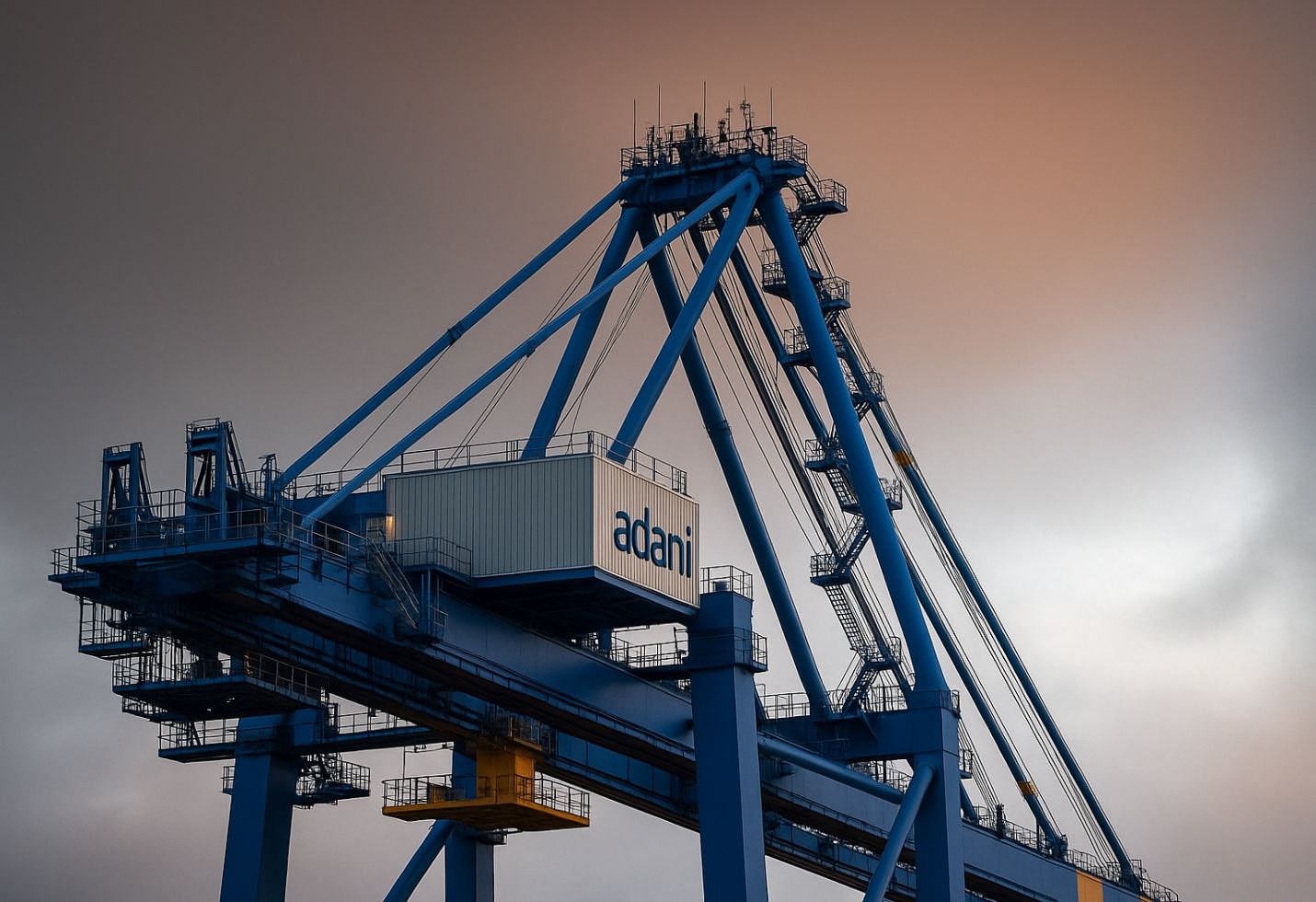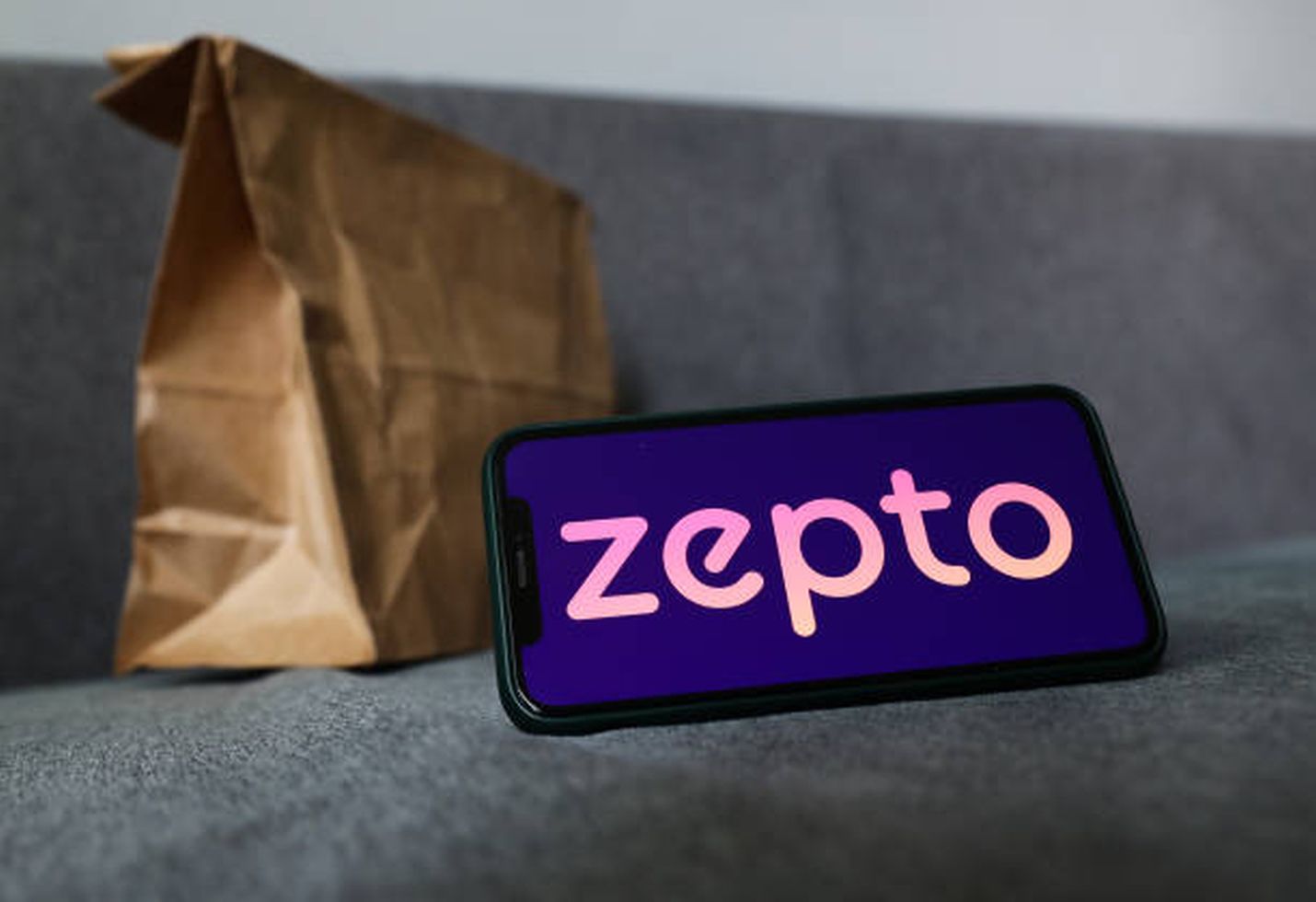Zerodha Cuts API Charges as NSE Simplifies Algo Trading for Retailers
India’s top brokerage reacts to NSE’s new rules by reducing API costs, aiming to expand automated trading access for individual investors.
NSE Streamlines Algo Trading to Welcome More Retail Investors
In a move to open up algorithmic trading to a wider base of individual investors, the National Stock Exchange (NSE) has rolled out a refreshed framework tailored for retail participation. This initiative allows non-institutional traders to deploy automated trading strategies at a manageable pace—capped at 10 orders per second—without having to register with the exchange beforehand. The key requirement is the use of a static IP address connected to their API key, a setup that simplifies technical compliance for smaller traders.
The NSE’s decision is rooted in promoting inclusivity in the trading ecosystem by breaking down the traditional barriers that made algo trading the domain of institutions and tech-heavy operations. The relaxed norms make it easier for independent traders to enter the algorithmic space with less bureaucracy and cost.
For those aiming to trade at speeds above the specified threshold, exchange registration remains mandatory, ensuring that high-frequency strategies are still subject to oversight. Additionally, firms that provide algo trading platforms or tools are now required to register their strategies in advance with the NSE. However, once a strategy is approved, retail clients using those vendor platforms will not need to acquire their own static IPs—offering a more seamless user experience.
This framework promotes both safety and regulatory transparency while making it easier for brokerages and fintech companies to seamlessly adopt authorized tools.
Zerodha Drops API Prices to Match New Regulatory Direction
Shortly after the NSE introduced the new framework, Zerodha, India’s largest brokerage, made a decisive move by slashing the prices of its data APIs to align with the exchange’s retail-first approach. Zerodha’s Kite Trade platform, which earlier charged ₹2,000 monthly for access to real-time and historical data APIs, will now cost just ₹500 per month.
This price adjustment comes on top of Zerodha’s March 2025 announcement making its order execution and account information APIs free for all users. The intention is clear—Zerodha is committed to removing financial and technical hurdles for retail users keen on experimenting with or adopting algo trading.
Co-founder Nithin Kamath praised the NSE’s regulatory shift, stating it reduces compliance uncertainties and fosters a more innovation-friendly trading environment. According to him, the framework now allows brokers to offer built-in, pre-approved algo strategies within their platforms. This makes it far easier for retail clients to access automated trading capabilities without having to build or source these tools themselves.
Kamath also highlighted that with APIs becoming more affordable and widely usable, even beginner-level retail traders can start exploring automated trading with lower costs and fewer complications.
Boosting Innovation and Inclusion in the Indian Markets
The updated regulations have been welcomed by many in the trading and fintech communities, who see this as a pivotal move in making the Indian stock market more inclusive and innovative. By removing some of the technical barriers—like mandatory static IPs and individual approvals—more people can now experiment with algorithmic trading.
This democratization of trading technology is expected to stimulate innovation among small fintech startups, traders, and developers. With fewer restrictions and lower costs, the ecosystem is now better equipped to grow organically, inviting more diverse and creative strategies into the market.
Market analysts suggest that a broader participation base will enhance market liquidity, deepen the role of data-driven decision-making, and improve price discovery mechanisms. As competition grows in the algorithmic space, retail traders will have access to more efficient and adaptive trading solutions, previously reserved for larger institutions with vast resources.
Conclusion: A Big Win for Tech-Driven Retail Trading
The NSE’s revamped rules and Zerodha’s quick response in slashing API prices mark a major shift in India’s trading environment. With the barriers to entry significantly lowered, individual traders now have the opportunity to compete on a more level playing field with institutional players.
These changes not only encourage innovation and inclusivity but also reflect a broader trend in financial services toward empowering individual investors through better tools and simplified regulations. As automated trading becomes more approachable, the Indian retail trading landscape is set for a new wave of digital engagement and strategic evolution.
The image added is for representation purposes only










